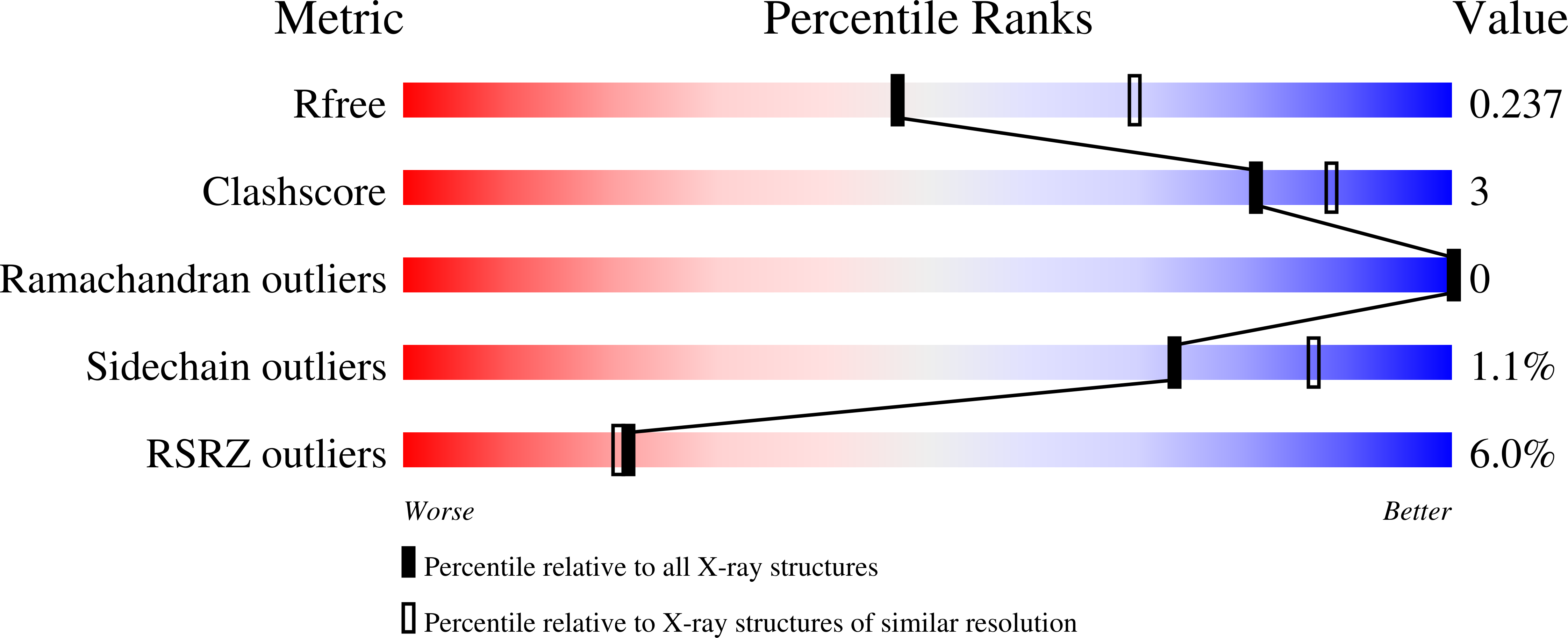
Deposition Date
2021-09-13
Release Date
2022-05-11
Last Version Date
2024-11-13
Entry Detail
PDB ID:
7PPB
Keywords:
Title:
2.4 angstrom crystal structure of bone morphogenetic protein receptor type II (BMPRII) extracellular domain in complex with BMP10
Biological Source:
Source Organism:
Homo sapiens (Taxon ID: 9606)
Host Organism:
Method Details:
Experimental Method:
Resolution:
2.40 Å
R-Value Free:
0.23
R-Value Work:
0.20
R-Value Observed:
0.20
Space Group:
C 1 2 1


